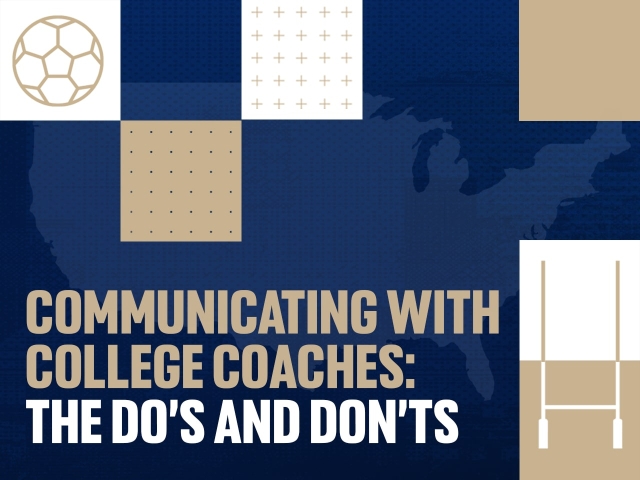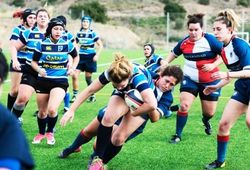When collegiate golf first appeared in American universities, it was broadly identical to the sport’s origin overseas – exclusive to rich males only. This meant golf was first seen in Ivy League colleges, such as Yale and Princeton, which were among the first universities to win NCAA championships in the late 1800s into the 20th century. Chandler Egan was one of the earliest college golfers to rise to prominence at this time, playing with the Harvard Crimson, and later going on to win gold during the 1904 Olympics in St Louis.
The success of golf as a college sport continued to rise from there, and it can be seen that many of the greats of the sport started their careers by securing victory during their amateur student days. Both Jack Nicklaus and Hale Irwin won the NCAA Championships, as part of the Ohio State and Colorado programs respectively, and have since went on the win several major tournaments between them. More recently, former world number one, Tiger Woods, held the same title as NCAA Champion due to his stellar performance with the Stanford Cardinals in the 1990s.
One of the colleges most heavily and historically linked with the sport is the University of Houston, Texas – who’s golf program has been one of the most successful in collegiate history, second only to Yale. The Houston Cougars have been competing in golf since 196, and thus played an influential role in allowing the sport to become accessible to those not a part of the upper classes. Throughout the years, Houston has seen golf legends such as Fuzzy Zoeller and Fred Couples make their start, and continues to inspire young golfers – with students taking to the course at the private Golf Club of Houston, a venue frequented on the PGA Tour.
Despite this, a lack of female interest and involvement has materialised as a large obstacle facing collegiate golf throughout the years. As it has been historically seen as a male dominated sport, female students have been reluctant and even prohibited from taking up clubs. However, since the NCAA recognised female golf in the early eighties, participation has continued to rise. Figures such as Pat Hurst of San Jose State and Vicki Goetz of the University of Georgia inspired young players by winning both the US Amateur and the NCAA Championship during their time in college – something which has since been repeated in recent times by Alabama’s Emma Talley.
The rise in female collegiate golf stars can also be seen at Arizona State, where the Sun Devils pride themselves on their excellent golfing facilities, and where the current women’s roster boasts Irish, German and Italian players – showing how American college golf has become notorious across the globe.
This is a guest blog written by Bethany Sharpe.




